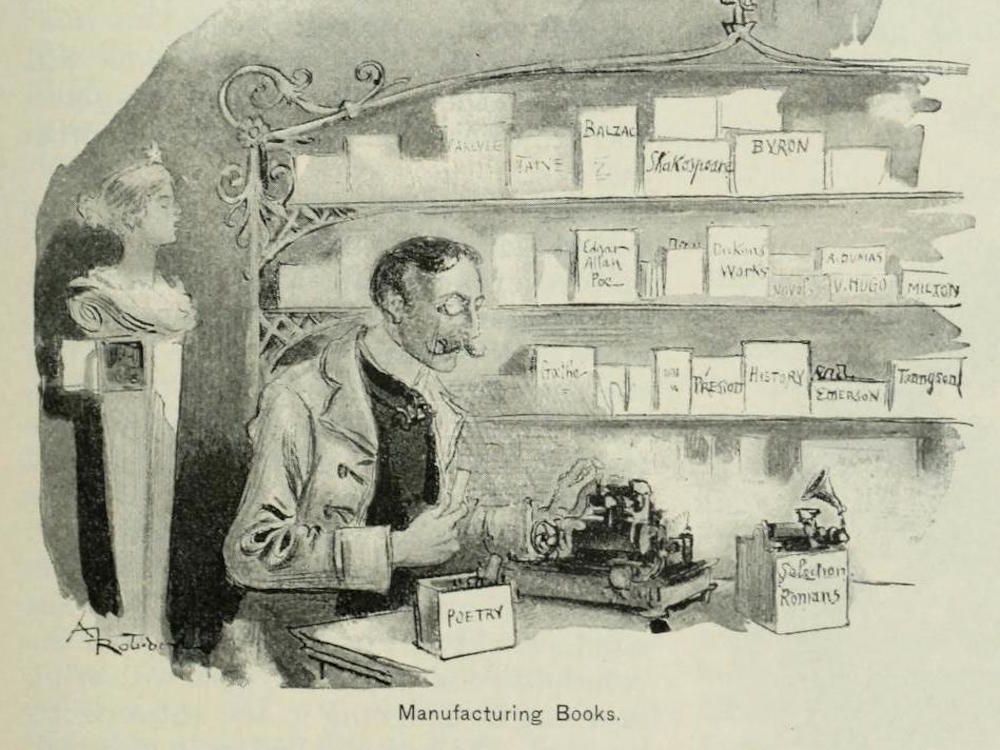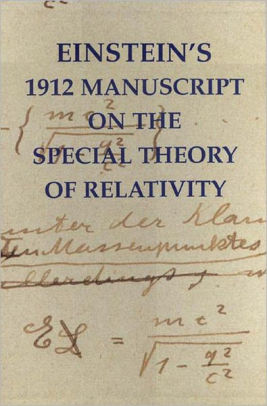 |
| The Peabody Essex Museum 2019. 20th century addition (far left), original,19th century East India Marine Hall. New addition (same source of granite) to the far right |
The Peabody Essex Museum in Salem, Essex County, Massachusetts opened a much awaited new building recently, expanding the gallery space, and allowing better display of the vast and important holdings. The museum, which originated in 1799 as the East India Marine Society, required that every ship returning from travels bring something back to contribute to the Society in the tradition of cabinets of curiosity dominant at the time. In 1825 the Society and a growing collection of objects became headquartered in the newly constructed East India Marine Hall. The Hall, still in use today, retains some of the original display cases and is a direct link to the museum's earliest days. Tracing the evolution from a Marine Society to a modern museum is a bit complex but a continuity in purpose and practice is possible to trace.
In 1821 the Essex Historical Society was established and Salem was supported by two active cultural and collecting institutions. In 1833 a third organization formed, the Essex County Natural History Society focused on local natural wonders. In 1848 the two societies merged to form the Essex Institute which would eventually become part of the modern museum. Sometime after the East India Marine Society was established in the East India Marine Hall, the society adopted a new name, The Peabody Academy of Science. Sometime during the 1960's the Essex Institute revised its mission to focus on regional art, history and architecture and divested holdings of natural science and archaeology to the Peabody Academy of Science, which transferred its holdings of historical materials to the Essex Institute. A further name change was done in the early 20th century when the Peabody Academy of Science was renamed, the Peabody Museum of Salem and continued to focus on international art objects and culture arising from the earliest days of returning ships with objects to contribute associated with diverse and distant cultures. The Essex Institute pursued a decidedly historic Salem focus and continued to acquire properties of great architectural value and developed historical interpretation for the Salem community. By the late 20th century the two local cultural and collecting institutions were connected by not only proximity but also collections and in 1992 merged to form the current Peabody Essex Museum (PEM). {All preceding sourced from https://www.pem.org/about-pem/museum-history}.
Since the 1992 merger, PEM has experienced evolution of capacity, collections, and exhibition opportunities. A community museum free to all Salem residents PEM is a dynamic cultural conglomerate with varied collections spanning, art, architecture, books, historical records and is poised to take a leadership role for museums in the 21st Century. This trajectory is best illustrated by PEM and the noted designer and cultural maven, Iris Apfel who essentially brought the Peabody Museum in to the contemporary era with a donation to the museum of objects from her personal collection of textiles and fashion. Apfel became enamored with the Peabody Essex a few years ago, when her traveling exhibition was so warmly received and supported by this ever evolving museum. The new addition and the past 25 years or so of mergers and expansion are celebrated with the recent opening of the new wing to the museum and supported by wide ranging exhibitions and new galleries displaying items from the permanent collection. I so love the original East India Marine Hall that I am more excited to re-visit the Hall, since it is now again an active gallery and was much missed, after years of diverse use while construction of the new addition was completed. I do plan to explore the new addition but my first stop will be the classic Marine Hall.
One noted benefit of the museum expansion is that now, PEM has a dedicated gallery to exhibit items drawn from the vast Phillips Library collections. The Library collections are a great source for genealogical research and documentary history of the area along with collections focused on the rich literary tradition of New England and specifically local authors from the Salem geographic area. To celebrate the opening of the new PEM and to illustrate the new range and space for exhibitions, the PEM expansion launch includes a special exhibition from the permanent collection focused on Nathaniel Hawthorn of House of Seven Gables and The Scarlet Letter fame.
Museum and books is a favorite focus and I am excited to visit and experience the collections associated with Salem's (and New England's, America's and world's),own Nathaniel Hawthorn. Coinciding with the opening of the new museum building the Phillips Library, the research/library collection of PEM, has put together an exhibition of highlights of their Nathaniel Hawthorn collection of published and archival holdings.
Sadly PEM has not done a very good job with creating a digital exhibition in support of the physical space. I'll need to verify this once I visit but the web presence is just not that compelling! While it is most likely the real goal of the museum is to attract visitors during the opening of a new space, it is a missed opportunity when the associated web coverage of the exhibition is a disappointment. Interest in Nathaniel Hawthorn is not geographically limited and there are many who would be interested in viewing virtually, the exhibition, which I imagine includes many fine examples of editions rare, illustrated and displayed in a new dedicated book gallery. While I can dream of what is on display I sadly, just do not know what to expect as PEM's website is basically devoid of details on the exhibition. If you are interested in a brief biography of Hawthorn, I urge you to visit his page at the American National Biography site.
The spirit of the exhibition is clearly and cleverly designed to focus on Hawthorn's creative legacy. Since there is little to go one all I can share are the facts mentioned in the digital exhibition and a bit of detail on a recent artist's treatment of a Hawthorn short story, The Minotaur, from his Tanglewood Tales, recently acquired by the museum and featured in this exhibition. I imagine and hope that the exhibition displays numerous examples from Hawthorn's published and documentary past along with illustrated editions, of which there are many outstanding examples, and I assume all are part of the permanent Hawthorn collection.
Book artist, Mindy Belloff recently reinterpreted Hawthorn's The Minotaur in a beautifully crafted new edition of this tale. Produced by Intima Press the artist book is sure to delight visitors to the PEM and the Hawthorn exhibition!

The details of this artist edition follows:
A Golden Thread: The Minotaur – A Contemporary Illumination
Mindy Belloff, artist, designer, printer, and publisher.
Text The Minotaur short story by Nathaniel Hawthorne from Tanglewood Tales, 1853. Additional text includes quotes of Carl Jung and text from Lorem Ipsum.
Edition of 32 standard in quarter leather and 8 deluxe design bindings, all with 23-karat gilt edges, one hundred original drawings and two hundred press runs; 14.75 x 11 inches; 2018.
(Please email IntimaPress at yahoo.com for current price.)
Mindy Belloff, artist, designer, printer, and publisher.
Text The Minotaur short story by Nathaniel Hawthorne from Tanglewood Tales, 1853. Additional text includes quotes of Carl Jung and text from Lorem Ipsum.
Edition of 32 standard in quarter leather and 8 deluxe design bindings, all with 23-karat gilt edges, one hundred original drawings and two hundred press runs; 14.75 x 11 inches; 2018.
(Please email IntimaPress at yahoo.com for current price.)
At least one copy is available in the rare book market at
$6,500USD via the ever impressive Lux Mentis Books. While I am interested in seeing this edition in person I also really want to experience the new book gallery at the PEM. If you are in the Boston area this is a must attend exhibition. This seems an awfully depressing post and certainly not what I intended as I waited for the opening of the new addition and the launch of supporting promotional and website coverage of the new exhibitions, especially the books. Perhaps I'm still waylaid by a bout of September depression that visited me and the anticipation of this exhibition as I waited for the material to go live. It looks like I won't be able to visit the new PEM until the day after Thanksgiving but I will be there, then. Hopefully with a wee bit less malaise.




